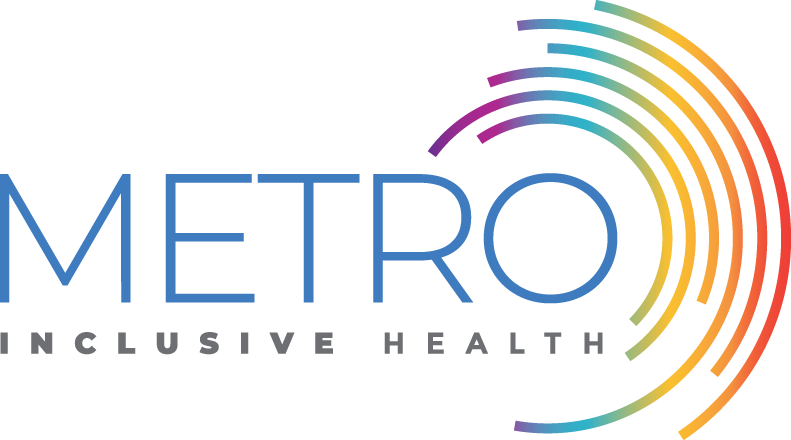Inclusivity, solidarity, and ethics are more important than ever to consumers. As high as 50% of consumers1 across 14 major markets are belief-driven buyers. There are even higher percentages among Millennials (60%) and Gen-Z (53%).
In fact, 78% of consumers2 would tell others to buy from a purpose-driven company. 68% are more willing to share content with their social networks about brands that share their beliefs over that of companies that don’t. 73% of consumers are also willing to stand up for a purpose-driven brand if it is critiqued.
So, what does this mean for your organization?
It means it is time to start showing where you stand on issues, especially if your market includes or consists entirely of Millennials and Gen-Z clients. Your audience cares about what your organization cares about. They pay attention to the message — or lack thereof — that you’re putting out.
If your organization does care about the LGBTQ+ community, here are 6 ways to show that you’re culturally aware and stand with the community.
1) Write an Anti-Discrimination Policy
Inclusivity needs support from the top. Writing and instituting an organization-wide anti-discrimination policy makes it clear to all employees and your target audience that you take inclusion seriously.
It’s also a good idea to post this policy on your website and near important offices. It also wouldn’t hurt to share the new policy on social media, to make sure your audience is aware of your stance.
2) Encourage Staff to Use Inclusive Language
This could be as simple as making a point to share your pronouns when meeting someone new, or using gender-neutral language like “partner” instead of “husband” or “wife.” Here at METRO, for example, all staff include their pronouns on email signatures, business cards and name-tags.
There may be some push-back or adjustment periods around new practices, but remind people why you’re trying to be inclusive, and have patience.
3) Foster Diversity in Hiring Practices
Ensuring that your organization utilizes a non-discrimination policy and encourages diversity amongst the workforce is so important. Current and potential employees of all identities should know that they will be welcomed, valued, and treated professionally while at work.
By encouraging inclusion in hiring practices, you may also foster positive changes in overall “innovation of thought, service and product development.”3
4) Remember, Representation Matters
Is your marketing team thinking about inclusion when you represent your brand via the organization’s website, social media, and advertising? Your audiences will notice if they do — or don’t — see themselves and their communities represented in your marketing.
5) Include LGBTQ-Friendly Events in Your Calendars
If you regularly share community events in your internal newsletters, social media, or company bulletins, don’t forget to include events like Pride, identity-related awareness days, or LGBTQ+ History Month. Adding them in shows that you are supportive of and engaged with this part of your community.
6) Make It Personal
If you or a loved one are part of the LGBTQ+ community, affirming your organization’s inclusive practices can be highly personal. In conversation, it may be relevant to share the identities or experiences of those in your personal life. This can both normalize LGBTQ+ identities and experiences, reinforce the importance of inclusion policies, and make your LGBTQ+ colleagues or clients feel more comfortable.
Note: Be wary of tokenism or “outing” others. Make sure that you have the permission of your loved ones before sharing their stories or identities, and only do so when it’s relevant to the conversation at hand.








